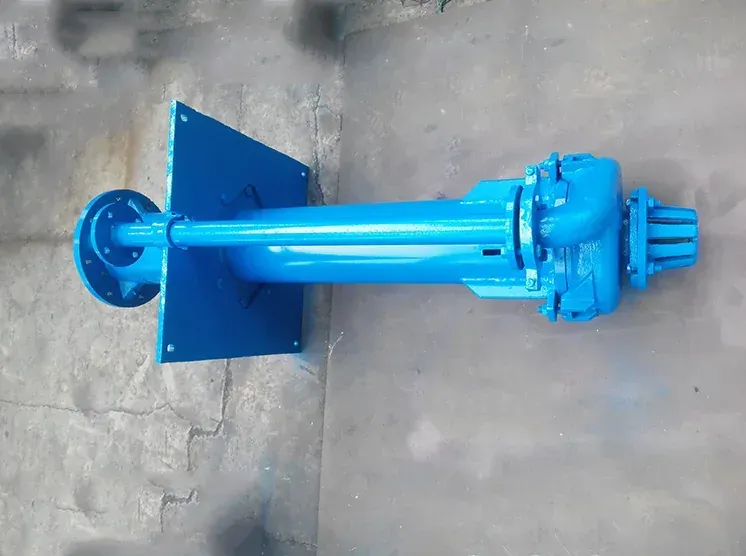English
- Afrikaans
- Albanian
- Amharic
- Arabic
- Armenian
- Azerbaijani
- Basque
- Belarusian
- Bengali
- Bosnian
- Bulgarian
- Catalan
- Cebuano
- Corsican
- Croatian
- Czech
- Danish
- Dutch
- English
- Esperanto
- Estonian
- Finnish
- French
- Frisian
- Galician
- Georgian
- German
- Greek
- Gujarati
- Haitian Creole
- hausa
- hawaiian
- Hebrew
- Hindi
- Miao
- Hungarian
- Icelandic
- igbo
- Indonesian
- irish
- Italian
- Japanese
- Javanese
- Kannada
- kazakh
- Khmer
- Rwandese
- Korean
- Kurdish
- Kyrgyz
- Lao
- Latin
- Latvian
- Lithuanian
- Luxembourgish
- Macedonian
- Malgashi
- Malay
- Malayalam
- Maltese
- Maori
- Marathi
- Mongolian
- Myanmar
- Nepali
- Norwegian
- Norwegian
- Occitan
- Pashto
- Persian
- Polish
- Portuguese
- Punjabi
- Romanian
- Russian
- Samoan
- Scottish Gaelic
- Serbian
- Sesotho
- Shona
- Sindhi
- Sinhala
- Slovak
- Slovenian
- Somali
- Spanish
- Sundanese
- Swahili
- Swedish
- Tagalog
- Tajik
- Tamil
- Tatar
- Telugu
- Thai
- Turkish
- Turkmen
- Ukrainian
- Urdu
- Uighur
- Uzbek
- Vietnamese
- Welsh
- Bantu
- Yiddish
- Yoruba
- Zulu
Telephone: +86 13120555503
Email: frank@cypump.com
Dec . 11, 2024 09:54 Back to list
AH Slurry Pump Components and Their Key Features for Optimal Performance
Understanding AH Slurry Pump Parts A Comprehensive Overview
Slurry pumps are essential in various industrial applications, particularly in handling abrasive slurries that contain solid particles suspended in liquids. One prominent model in this category is the AH slurry pump, renowned for its robustness and efficiency. This article will delve into the essential components of AH slurry pumps, outlining their functions and significance in ensuring optimal performance.
Overview of AH Slurry Pumps
The AH series is a type of centrifugal slurry pump designed for heavy-duty applications. Known for their durability and reliability, these pumps are commonly used in mining, mineral processing, and other industries where solid-liquid mixtures are handled. The AH pump series is designed to transport high-density slurries over significant distances while maintaining efficiency.
Key Parts of AH Slurry Pumps
1. Impeller The impeller is a critical component of any centrifugal pump, including AH slurry pumps. It is responsible for imparting energy to the slurry, facilitating its movement through the system. Made of high-chrome alloy or rubber materials, the impeller's design is engineered to handle abrasive materials and enhance the pump's efficiency.
2. Volute Case The volute case surrounds the impeller and is designed to convert the kinetic energy generated by the impeller into pressure energy. The volute's shape is crucial for minimizing hydraulic losses and optimizing the pump's overall performance. In AH slurry pumps, the casing is often lined with materials that can withstand wear from abrasive slurries.
3. Suction and Discharge Hose These hoses play a vital role in conveying the slurry to and from the pump. The suction hose draws the slurry into the pump, while the discharge hose moves it away after it has been processed. Selecting the correct diameter and material for these hoses is essential to prevent clogging and ensure a smooth flow.
ah slurry pump parts

4. Bearing Assembly The bearing assembly supports the rotating shaft and minimizes friction within the pump. In AH pumps, the bearings are designed to endure high loads and harsh conditions, thus ensuring the longevity of the pump. Proper lubrication is crucial to maintain the bearing's efficiency and reduce wear over time.
5. Shaft The shaft connects the impeller to the motor, transmitting power to drive the impeller's rotation. It must be robust enough to withstand the operational stresses and resist wear from the slurry. The design of the shaft also considers the pump's alignment and bearing support.
6. Sealing Mechanism Effective sealing is essential to prevent leakage of the slurry from the pump. Various sealing methods, including mechanical seals and gland packing, are employed in AH slurry pumps. The choice of sealing mechanism depends on the specific application and the type of slurry being handled.
7. Base Frame The base frame provides structural support to the pump and houses the motor and other components. It must be constructed from durable materials to withstand vibrations and impacts during operation. An adequately designed base frame contributes to the overall stability and efficiency of the pumping system.
8. Wear Liners Given the abrasive nature of slurries, wear liners are employed in AH pumps to protect critical components from erosion. These liners are typically made from hard materials such as ceramics or high-chrome alloys, enhancing the pump's lifespan and reducing maintenance costs.
Conclusion
Understanding the various parts of AH slurry pumps is vital for anyone involved in industries that require the management of slurries. Each component plays a significant role in ensuring the pump's efficiency, durability, and performance. Proper maintenance and timely replacement of worn parts can lead to enhanced operational efficiency and reduced downtime.
As industries continue to evolve, advancements in the design and materials used for AH slurry pump parts will further improve their performance and adaptability in various applications. Investing in high-quality components will ultimately lead to more reliable and efficient slurry handling processes, creating a robust foundation for successful industrial operations.
-
ISG Series Vertical Pipeline Pump - Chi Yuan Pumps Co., LTD.|Advanced Hydraulic Design&Energy-Efficient Solutions
NewsJul.30,2025
-
ISG Series Vertical Pipeline Pump - Chi Yuan Pumps Co., LTD.
NewsJul.30,2025
-
ISG Series Vertical Pipeline Pump - Chi Yuan Pumps Co., LTD.|energy-efficient fluid handling&industrial durability
NewsJul.30,2025
-
ISG Series Vertical Pipeline Pump - Chi Yuan Pumps | Advanced Engineering&Industrial Efficiency
NewsJul.30,2025
-
ISG Series Pipeline Pump - Chi Yuan Pumps | High Efficiency, Energy Saving
NewsJul.30,2025
-
ISG Series Vertical Pipeline Pump-Chi Yuan Pumps|High Efficiency&Reliable Performance
NewsJul.29,2025










